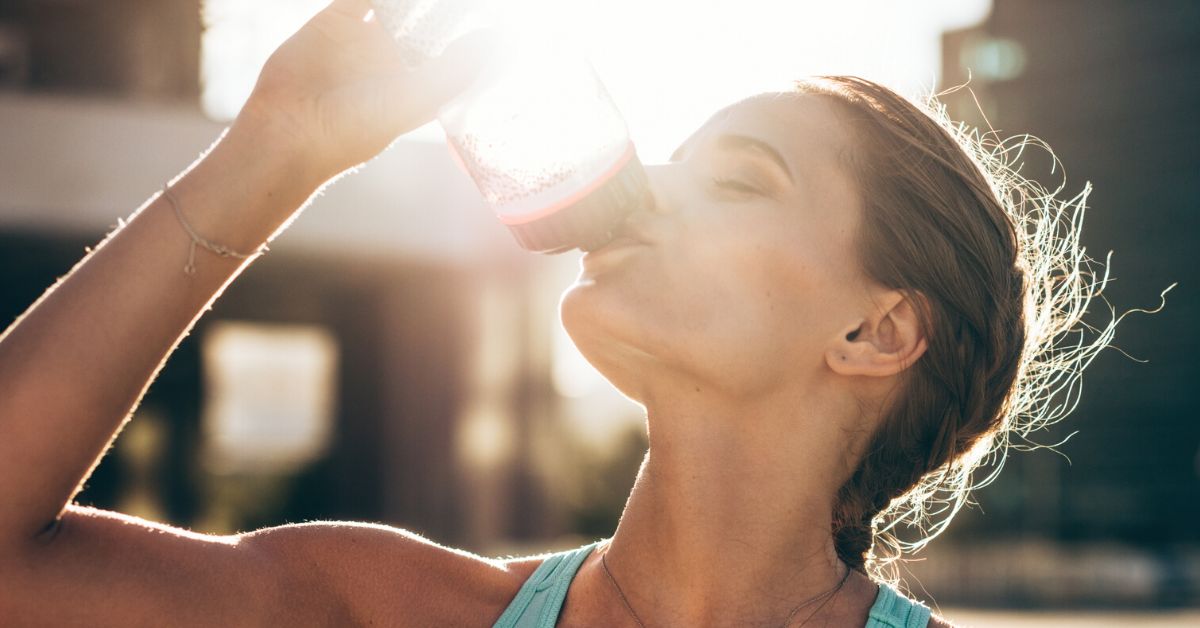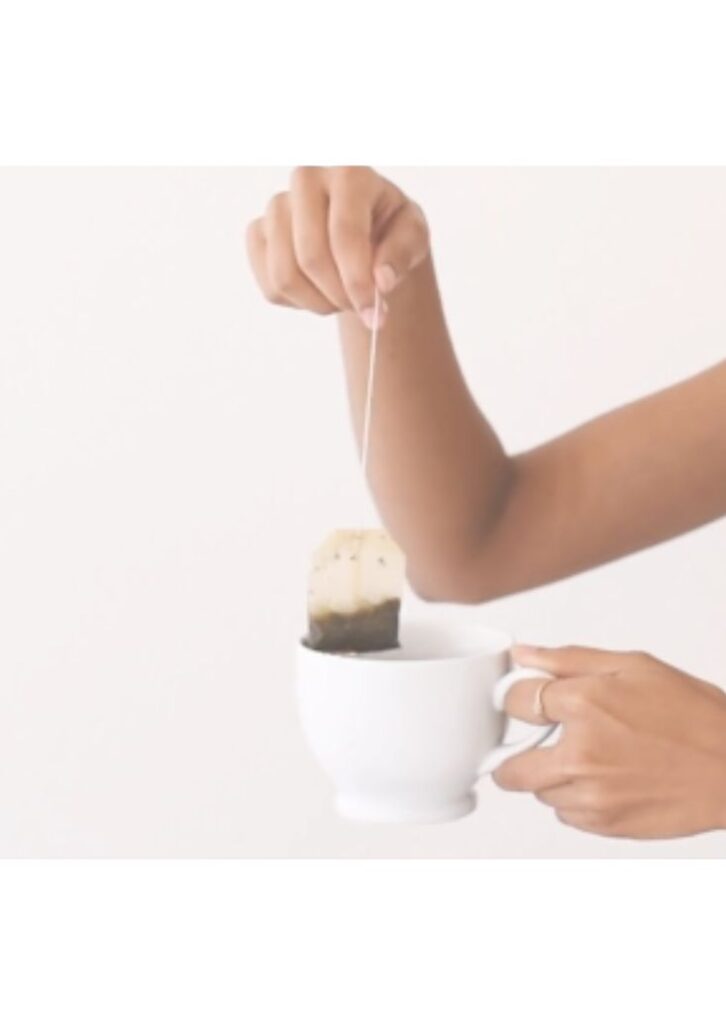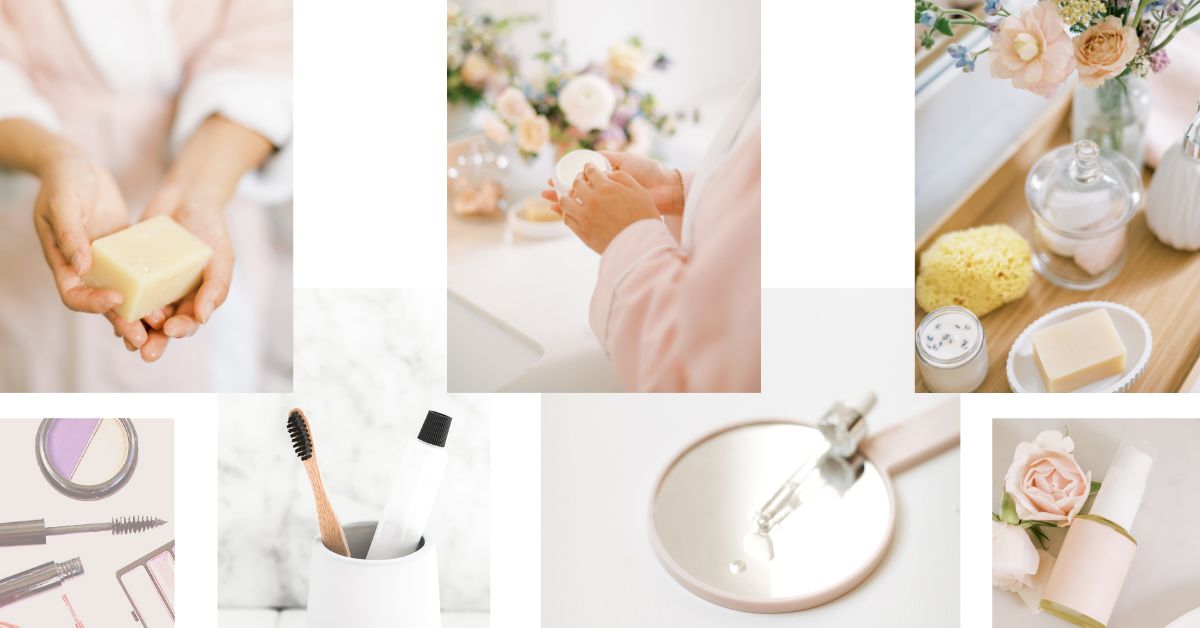The Best Non-Toxic Tea Kettle, Teapot & Infusers
The Best Non-Toxic Tea Kettle, Teapot & Infusers are made from Borosilicate glass. Borosilicate glass is the safest material to use for your tea kettle, teapot, and infuser.

The reason it is the best is because it does not leach chemicals, metals, and has no toxic glaze on its surface.
If you are looking for a safe and toxin-free way to make tea, then you should definitely consider investing in a borosilicate glass tea kettle, teapot, or infuser.
While stainless steel tea kettles are popular, they can still leach harmful chemicals and metals into your tea.
Ceramic teapots are often lined with glaze that can leach harmful chemicals into your tea as well.
Today’s post is in response to the wonderful emails you sent this past week in response to last week’s post: Plastic in teabags?! YUP! Billions of micro and nanoparticles PER CUP!
Question:
🫖 mo, What tea kettle, teapot and infuser do you use and where can I find them?
Answer:
🍵 I use Borosilicate glass: Tea Kettle, Teapots, and Infusers.
I actually purged my tea-making items early last year because they were aging.
To me it is not worth the risk of ruining the tea’s
- taste,
- integrity, or
- adding toxins into my body when I place effort into staying healthy.
Here’s
- What I bought.
- Why and
- Where you can find them.
🍵 Borosilicate glass: Tea Kettles, Teapots, and Infusers.
- Tea Kettle is for heating the water.
- Teapot is for pouring heated water onto the tea leaves to steep.
- Infuser is used to hold leaves for steeping in a Tea Kettle, Teapot or Single Cup of Tea.
Tea Kettles. Both Electric and Stove Top.
ELECTRIC Tea Kettle:
When my stainless steel kettle broke I replaced it with the ASCOT electric kettle pictured below.

It is made from the borosilicate glass. I removed the silicone filter from the spout.
This is the one I chose because there is:
- no plastic exposed to the water.
- Its lid is stainless.
All the other electric kettles I saw while researching had plastic lids.
I find it aesthetically pleasing but am on the hunt for one that allows me to control the water temperature. I’ll let you know if I find one.
For a while I used a thermometer with this Ascot glass kettle. After a few times, I knew that it was:
- 4 minutes post boiling to the right temperature for my Green tea leaves.
- 9 minutes post boil until it cools to 160F for my White tea leaves.
This of course will be different kettle to kettle dependent on:
- the amount of water in your kettle,
- surface area,
- spout size….
After a few times you will have a sense of the time it takes post-boil to get to the right temperature. (My thermometer has an alarm that lets you know when it gets to the temp you want so that does help figure things out 😁).
🫖 The reason to go through the trouble of getting the temperature right is:
Using the proper temperature for steeping your leaves:
- DRAMATICALLY improves the taste of your tea &
- Ensures the tea compounds are released so they can provide their benefits to you.
I can’t emphasize the importance of the right temperature and steep time enough.
When I worked with clients and they would try teas many would say I just don’t like this one or that one.
I would ask them to give teas a try again but at the temperature and steep time that was for the type of tea leaf.
They ended up liking them. Teas they thought were bitter were actually sweet. Others instead of cloudy were smooth.
When you are trying teas check out the temperature recommendation as well as steep time so you can give a new tea a fair shot of being a wonderful part of your self care.
Water temperatures for steeping tea typically ranges between 140 to 212 degrees Fahrenheit. (85-100 Celsius)
Teas come labeled with the best temperature and steeping time instructions.
If not, here’s a simple chart to get you started.

Stove top KETTLES:
The Ascot Electric Kettle is the only electric one I have found without plastic parts.
When it comes to Stove top kettles there are more to choose from. (I am not sure which work on induction stove tops. Please be sure if you have an induction stove that you double check)
Here is a link to a stovetop kettle that a friend of mine has and enjoys.
It is the FIRST pictured below in the row of tea kettles.
🔗This LINK takes you to the first Kettle & on this same page if you scroll down you’ll see multiple options pictured below.

Each is glass with a glass infuser.
Before making your switch to glass it is important to consider that:
- The kettles are not ‘sturdy’ like stainless steel. You can’t bang them around.
- Caring for them to avoid chipping or even breaking will be needed.
A tip I always keep in mind that I learned in Germany is that:
Smaller shorter spouts are less likely to break.
This is the Jenaer Glas Water Kettle borosilicate glass stovetop kettle with glass lid. I am most familiar with this kettle from living in Germany. It would be my first choice but I have an induction stove top so I can’t use it.
Now on to Teapots
This is a Teabloom teapot with glass infuser. Also the borosilicate glass.
I have this teapot. I do not use the blooms but I use the glass infuser it comes with for mostly herbal loose teas. I’ll combine Hibiscus and Milk Thistle most often. Red Raspberry leaf and Red Clover mix….
There are a few styles of glass pots with glass infusers on 🔗Teabloom
Infusers
I have this simple glass infuser. I can place this in any tea cup, mug or ball jar I’m using.
And I have this glass infuser – glass cup with glass lid set.
There you go! The borosilicate glass: Tea Kettle, Teapots, and Infusers I use for a toxin FREE tea.
I very much appreciate the nice emails I receive from you and look forward to sharing the update on multiple topics we have in the works including the popular:
I’m wearing one of the nail polishes now. The other brand just arrived so a few more weeks and I’ll have that up for you.
SIMPLE Self Care Lifestyle Tip: ☀️ When taking the time to make yourself a delightful, nourishing, or energizing cup of tea consider using Borosilicate glass Tea Kettle, Teapot & Infuser.

It’s that Simple!
Have some tea tips? 🍵 Have Tea Kettle, Tea Pot, and/or Infusers you’d recommend?
💌 Email me [email protected] and I’ll add them here.
Today’s Simple Self Care TIP
Use Borosilicate Glass Tea Kettle, Teapot & Infuser for your tea.
The Simple Self Care SWAP is efficient, effective, and exponentially, positively impacts ALL your body systems.
Other Simple Self Care Swaps to Reduce Toxins
Post category
Reduce Toxins
Swap out everyday products
Post category
Healthy Home
Simple Swaps for Your Home

Resources/References are listed for you further below.
The Simple Self Care Lifestyle
THe simple self care lifestyle
Simplify

I’m glad you are here…
self care
Post categories






SHOP Products
Personal Products
Healthy Home
Quality Supplements
Things to Keep Handy
Quality Food Sources
Simple Self Care Programs
🫖 Resources.
T. Berg et al., The release of nickel and other trace elements from electric kettles and coffee machines, Food Additives and Contaminants 17:3 (2000), 189–196 test 08/2006, Heiße Ware, 64–69
M. Tuchman et al., Nickel contact dermatitis in children, Clinics in Dermatology 33 (2015), 320–326
https://www.lgl.bayern.de/produkte/bedarfsgegenstaende/bg_lebensmittelkontakt/ue_2012_wasserkocher_nickel.htm (Abgerufen Juli 2019)T. Rapp et al., Nickelüberzüge von Produkten in Kontakt mit Trinkwasser, Wasser-Praxis 02/2010, 16–17
Bekanntmachung des Umweltbundesamtes, Nickel, Bundesgesundhbl – Gesundheitsforsch – Gesundheitsschutz 44 (2001) 12, 1243-1248
Kamerud, Kristin L et al. “Stainless steel leaches nickel and chromium into foods during cooking.” Journal of agricultural and food chemistry vol. 61,39 (2013): 9495-501. doi:10.1021/jf402400v
Other 🌿 Posts You May Like















